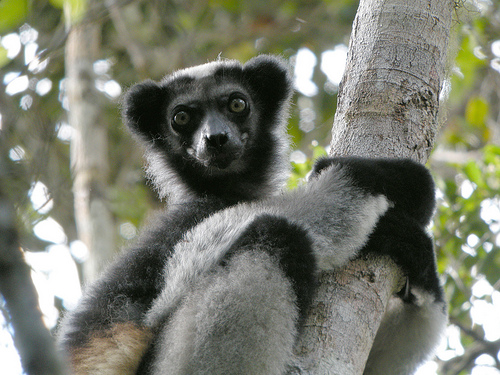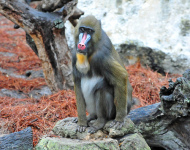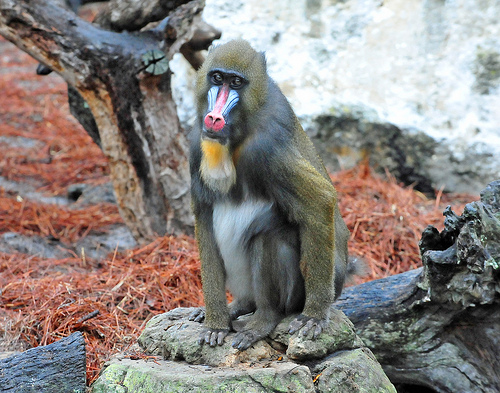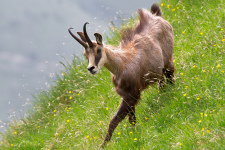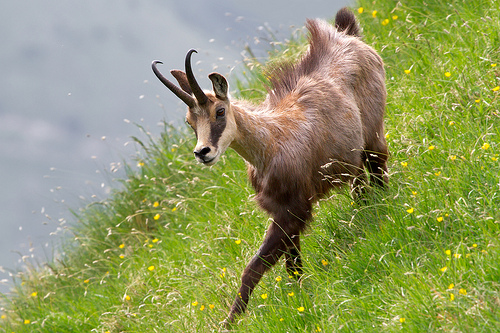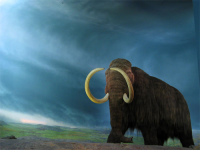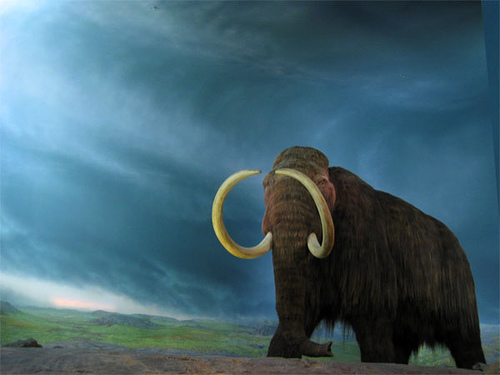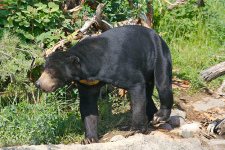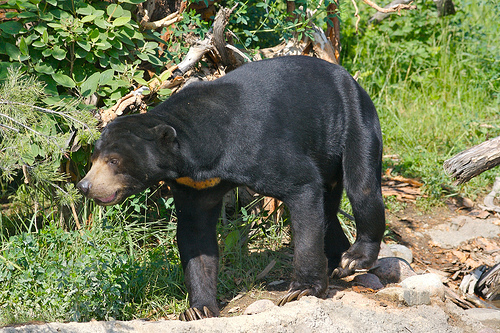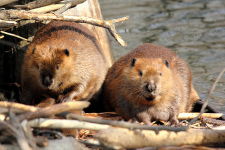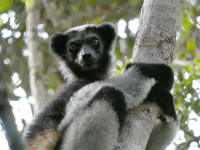
An indri is an exotic lemur of Madagascar.
- Indris are primates, as well as the biggest extant lemur, and are native to Africa’s largest island, Madagascar.
- Indris have the scientific name Indri indri, and are from the family Indriidae, the family of strepsirrhine primates of large and medium lemurs.
- ‘Indris’ are also known as ‘babakotos’, meaning ‘father’ in the Malagasy language, and they are preyed on by snakes, birds of prey and fossas.
- Indris can make sounds that are song-like, that have been compared to those of whales and can be projected for over three minutes, while roars, hums, wheezes and grunts are also common noises.
- The diet of an indri mainly consists of recently sprouted leaves, as well as fruit, flowers and seeds and they spend most of their time in trees.
Indri
Image courtesy of Frank Vassen/Flickr
- Although protected in national parks, indris are endangered on a critical level due to habitat loss from logging and agricultural practices, much of which occurs illegally, as well as poaching.
- Indris are typically considered sacred by native folk to the area, and are often depicted in legends associated with humans.
- Indris can grow to be 64 to 72 centimetres (25 to 28 inches) in height and generally weigh 6 to 9.5 kilograms (13 to 21 pounds).
- Indris have fur typically coloured in a combination of white, grey and black or brown, and usually have distinct areas of colour.
- Indris typically live to be 15 to 22 years in the wild, while barely surviving in captivity, and they reproduce one baby at a time.
Bibliography:
Indri, 2013, A-Z Animals, http://a-z-animals.com/animals/indri/
Indri, 2014, Wikipedia, http://en.wikipedia.org/wiki/Indri




